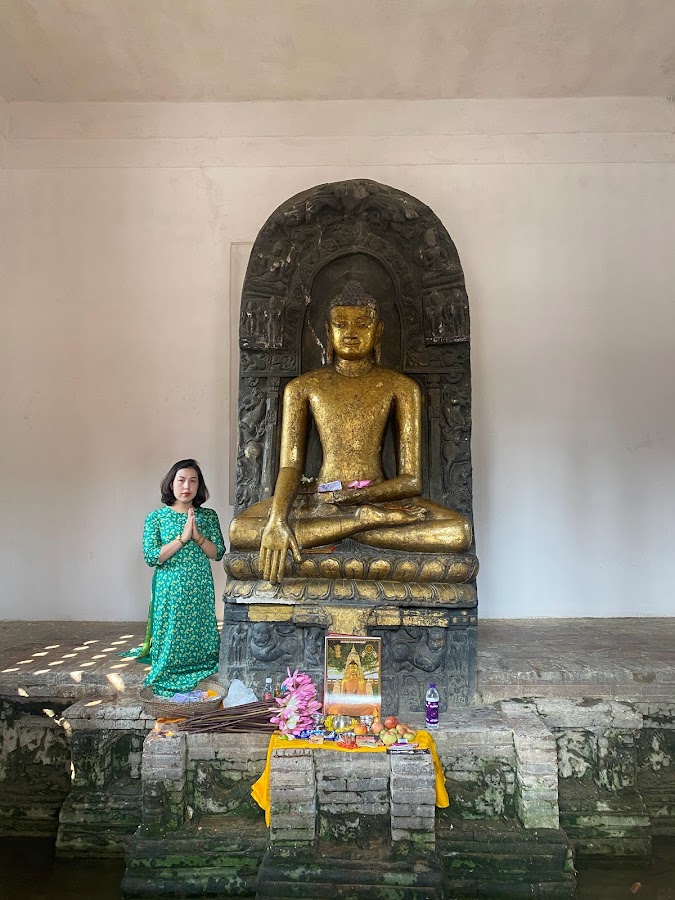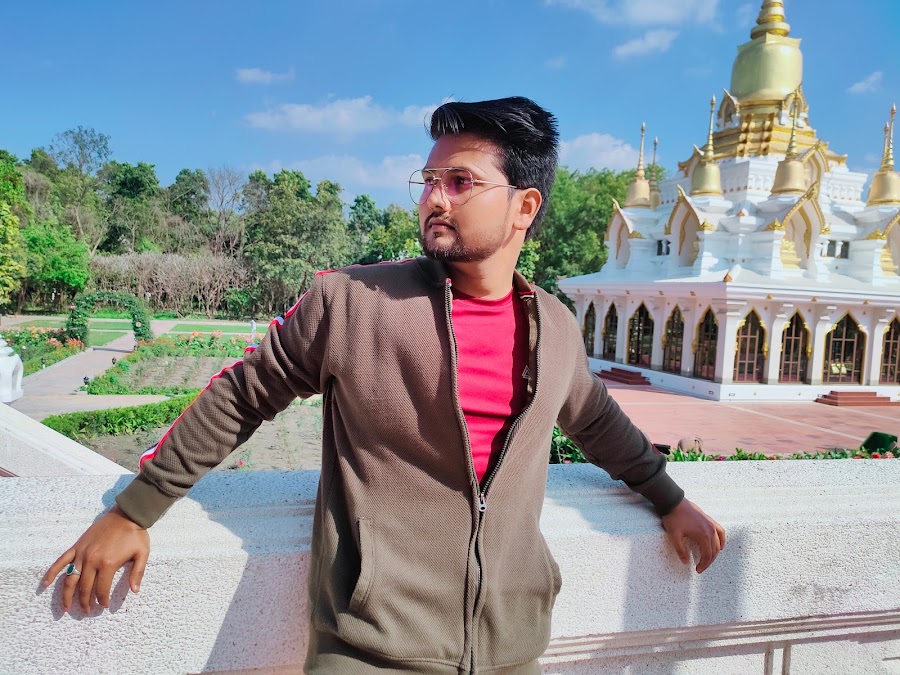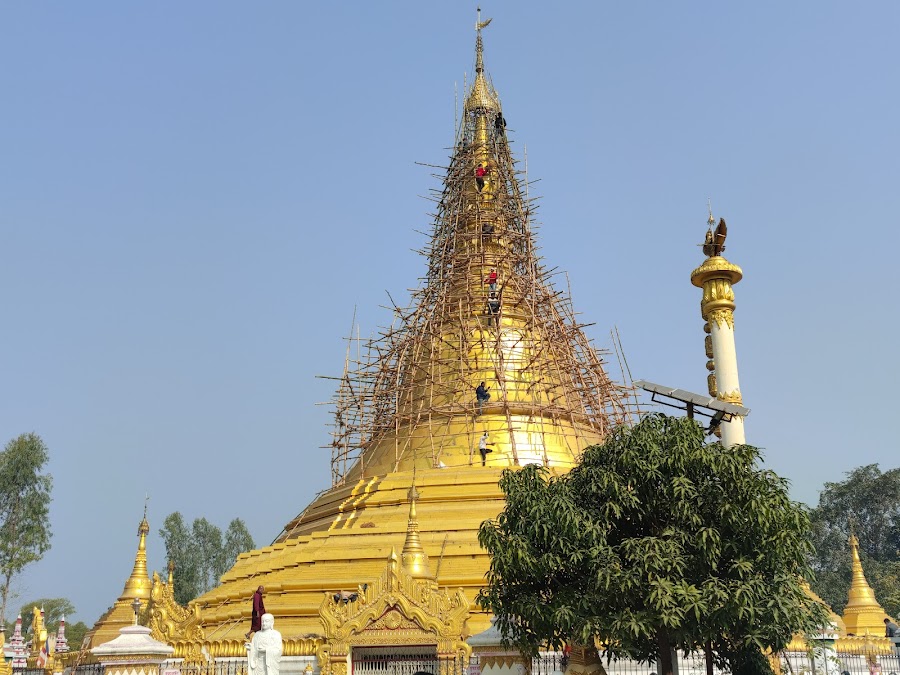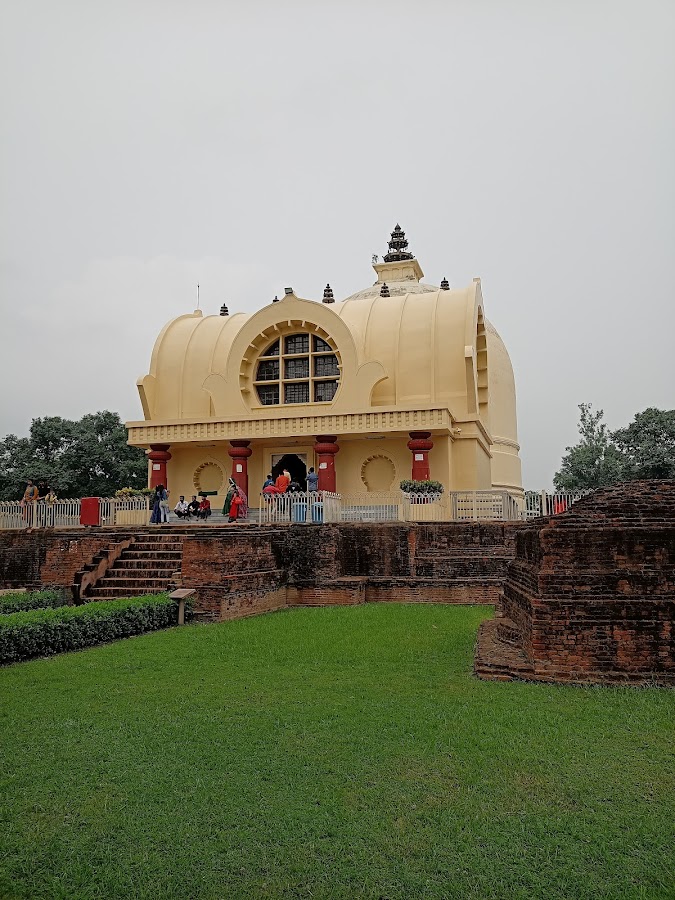Kushinagar Museum - Relive History!
Kushinagar, Uttar Pradesh, India
Step back in time at Kushinagar Museum! Uncover fascinating relics from Kushavati and learn about Lord Buddha's connection to this historically rich and spiritually significant destination in Uttar Pradesh, India.
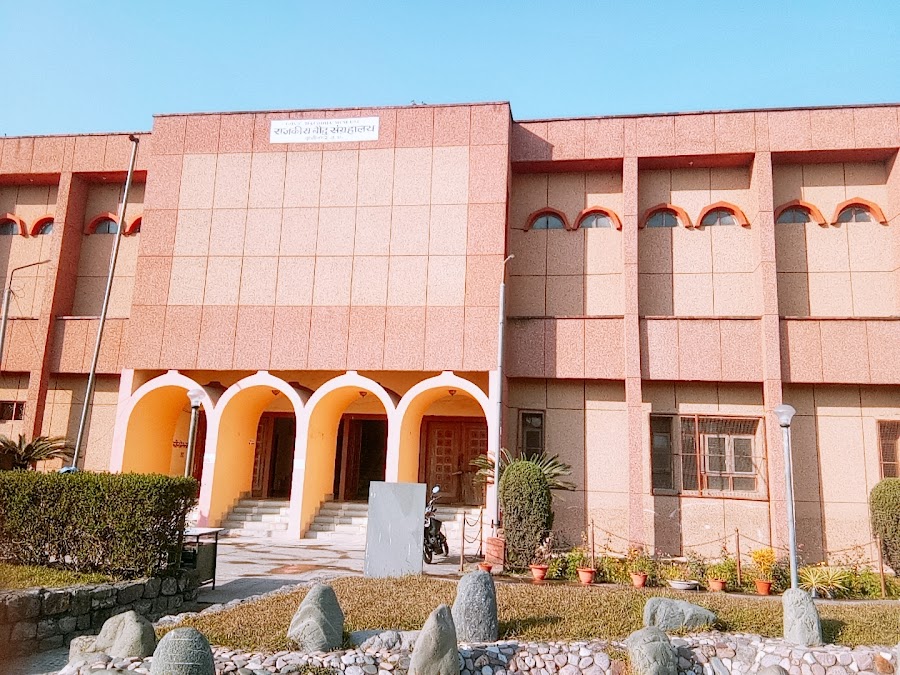
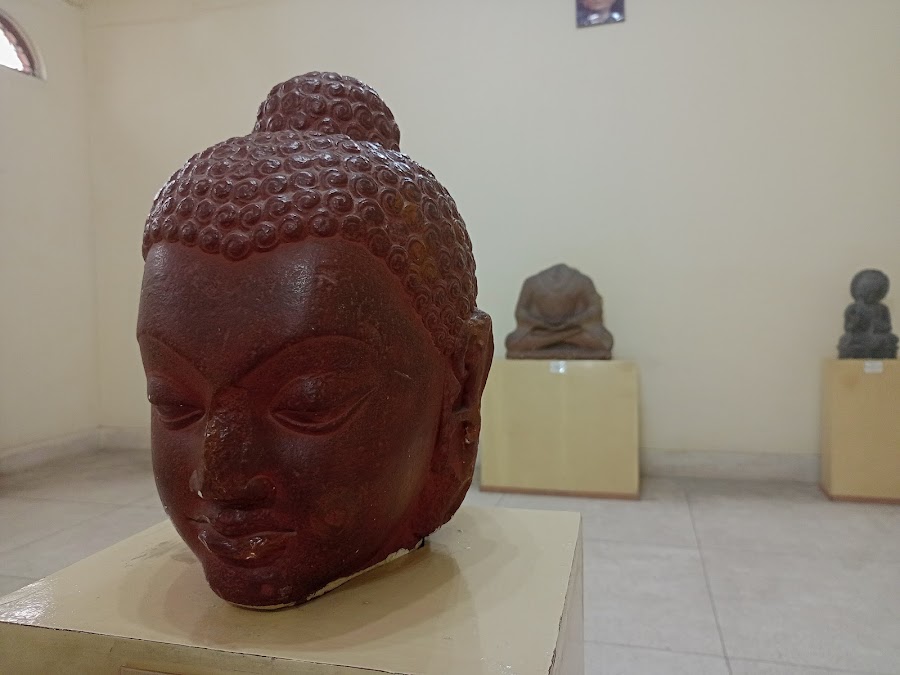
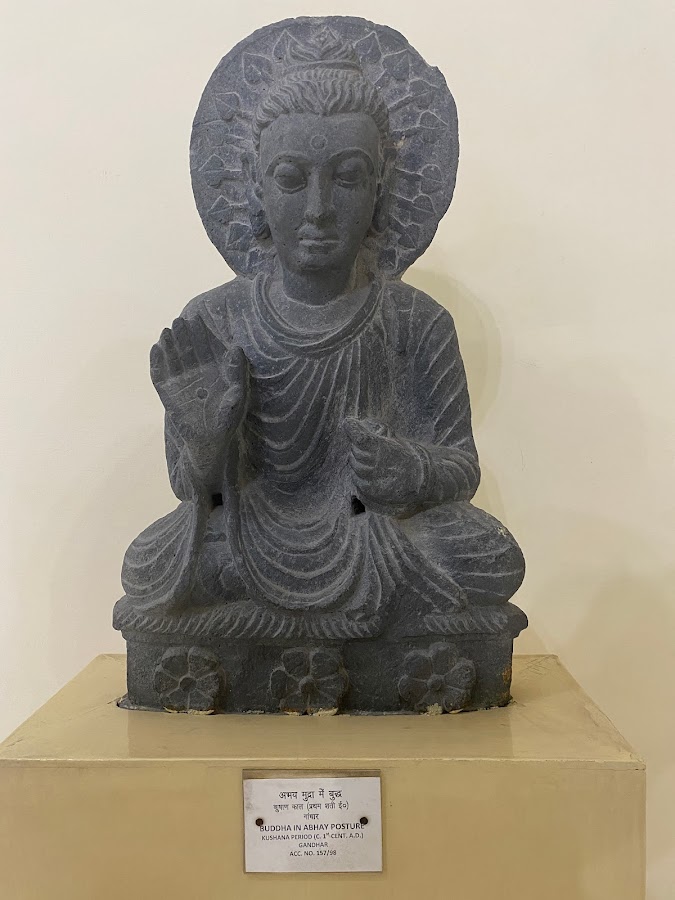
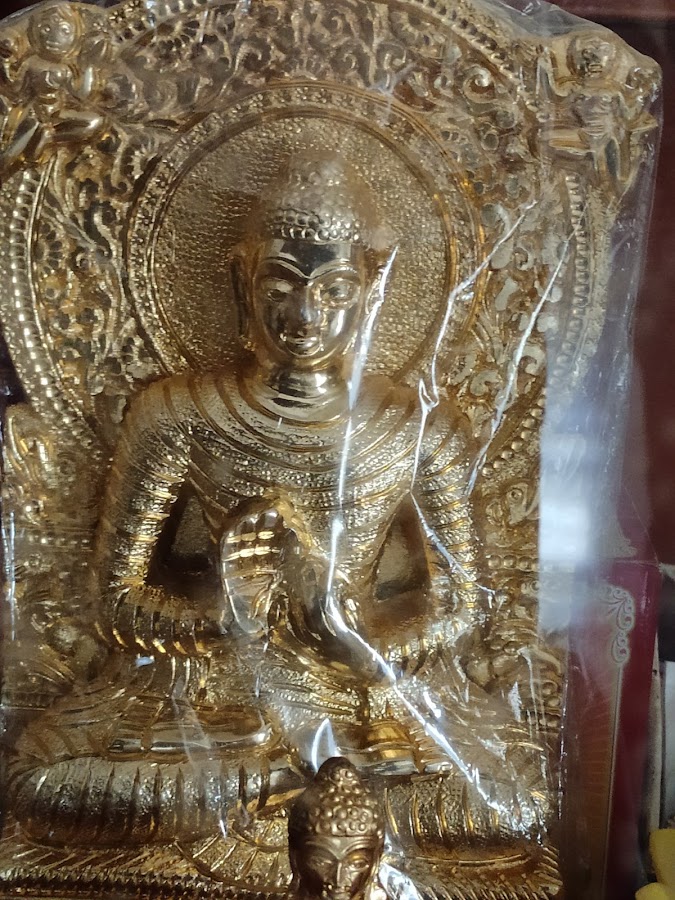
Interactive Map
Key Activities
Additional Places
Reviews
Map View
Top Activities in Kushinagar Museum
- 1
Discover Kushinagar'S Rich Historical Background
- 2
Explore Ancient Buddhist Artifacts And Sculptures
- 3
Learn About Buddha'S Mahaparinirvana
- 4
Photograph The Museum'S Unique Collection
- 5
Study Mauryan And Kushan Period Relics
Detailed Information
Best Time to Visit
October to March
When to visit place on the day
Morning
Approximate expense
₹50 per person
History
Established in 1992, the Kushinagar Museum was created to preserve and showcase the archaeological discoveries unearthed in and around Kushinagar. The region's historical importance stems from being the site of Buddha's Mahaparinirvana (death). Excavations have revealed numerous stupas, monasteries, and other structures dating back to the Mauryan and Kushan periods. The museum's collection primarily consists of artifacts recovered from these excavations, providing insights into the religious and cultural practices prevalent in ancient Kushinagar. Over the years, the museum has become a significant center for research and education, attracting scholars and tourists interested in Buddhist history and archaeology.

